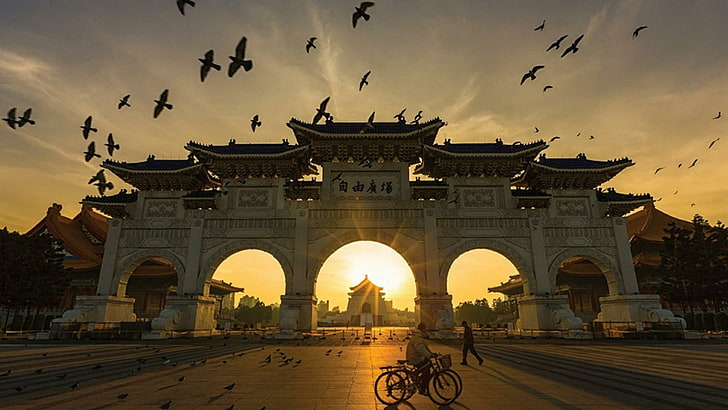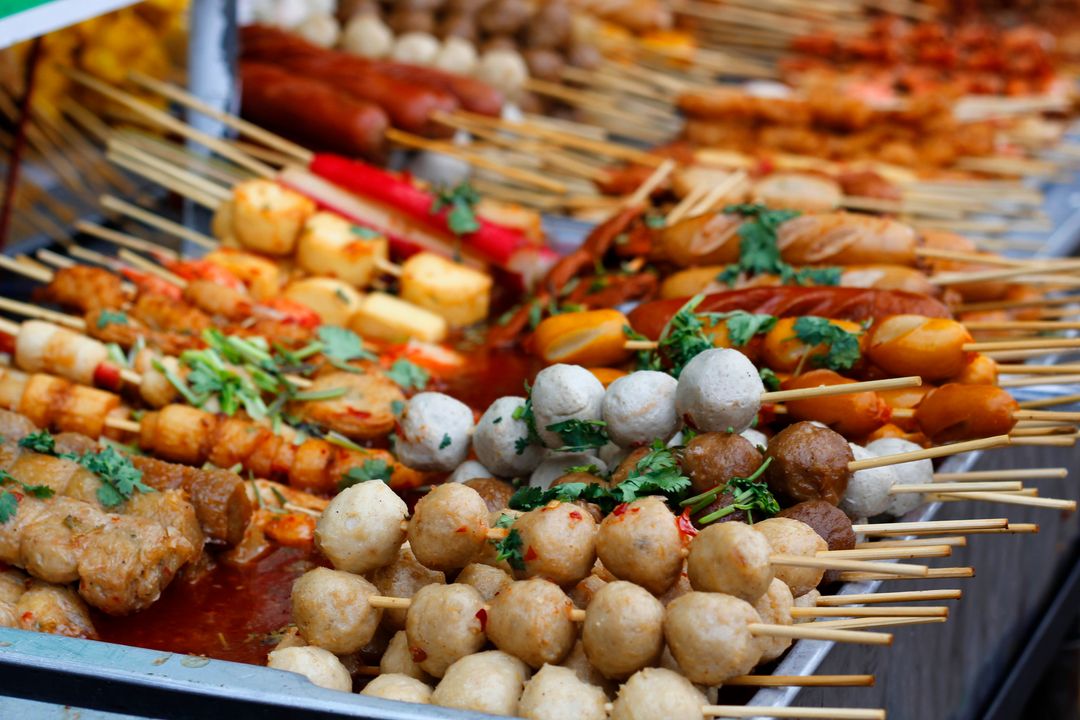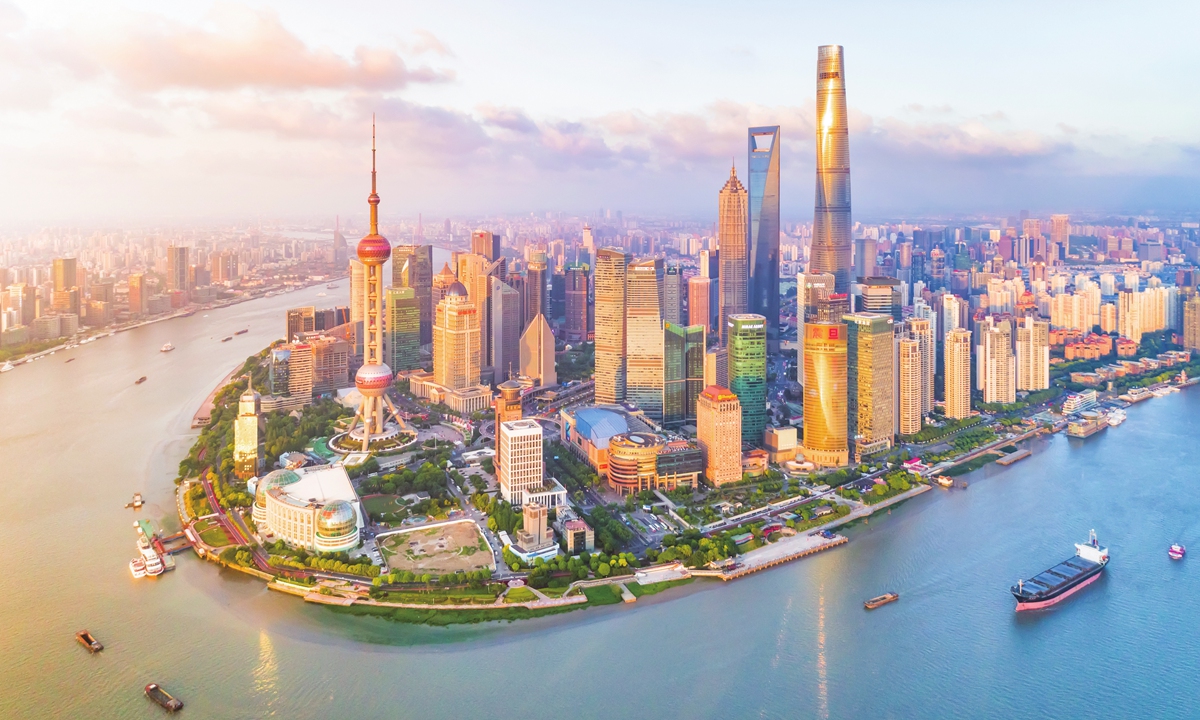A Rising Destination: History of Taiwan Tourism
Taiwan has long been a place familiar to business travelers, but only in the past decade or so have people in Europe and North America begun thinking of this dynamic East Asian island as a vacation spot.
The first effort to attract foreign tourists to Taiwan was made more than a century ago. During the period of Japanese rule, which began in 1895, the colonial authorities advertized the charms of the land then known to Westerners as Formosa.

In the early 20th century, Taiwan was an undeveloped backwater. Yet economic progress wasn’t the only or even the main reason why Japan hoped Westerners would tour the island. The government in Tokyo sought respect. They wanted the international community to recognize their achievements in ‘civilizing’ what had been an unruly and disease-ridden frontier society.
The Japanese portrayed the Taiwan they found — and this viewpoint was parroted by some of the British and American journalists they brought in on junkets — as populated by a near-ungovernable mix of Han Chinese settlers and indigenous Austronesian tribes.
The former were stereotyped as energetic yet disorganized and highly superstitious. The latter had an alarming tendency to behead strangers who set foot in the forests and mountain areas they controlled. Some foreign visitors were shown aboriginal communities that had been pacified, a form of ‘human safari’ tourism that lingered on until political reforms made it possible for ethnic minorities to demand more respectful treatment.
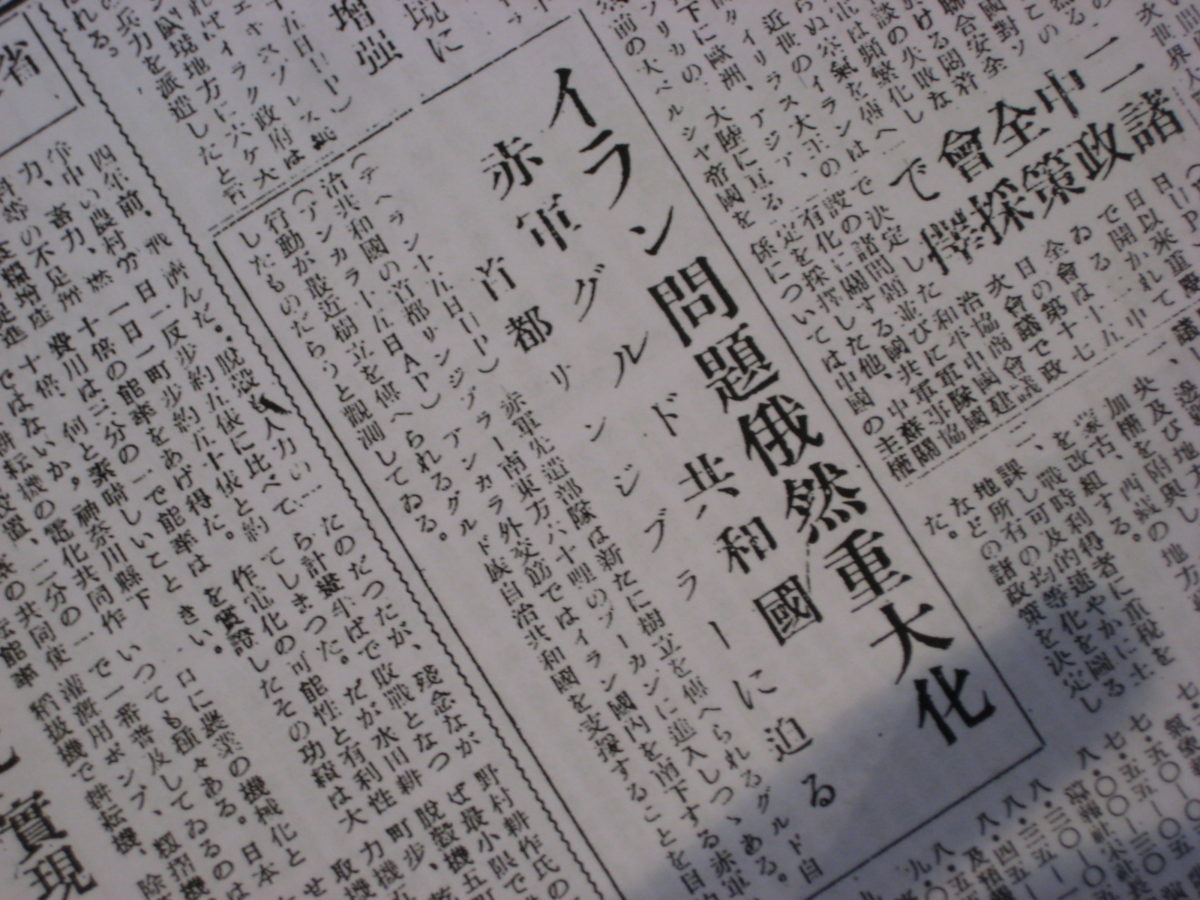
Before 1945, when Japanese rule ceased following its defeat at the end of World War II, the number of outsiders holidaying in Taiwan was never significant. After the war, turmoil wracked the island.
Following their retreat to Taiwan in 1949, Chiang Kai-shek and his KMT (Chinese Nationalist) regime dreamt of retaking the Chinese mainland. Rather than focus on Taiwan’s distinct culture, ecology and topography — the qualities which now make it so appealing to discerning travelers — the regime told the world that Taiwan was ‘Free China’, a place where China’s ancient culture was safe from Maoist vandalism.
If you’d joined a package tour to Taiwan circa 1980, you’d have been sure to see the glorious objet d’art in the National Palace Museum, the memorial to Sun Yat-sen, and a tacky ‘aboriginal song-and-dance show’. But almost nothing of the rambunctious popular religion, the delightful local cuisine, or the incredible biodiversity.
Apart from some Japanese, few outsiders visited Taiwan unless it was for business or to study Chinese. And until the final years of the 20th century, the government was fine with that. The manufacturing-based economy was booming. There was no need to build an outward-looking tourism industry.
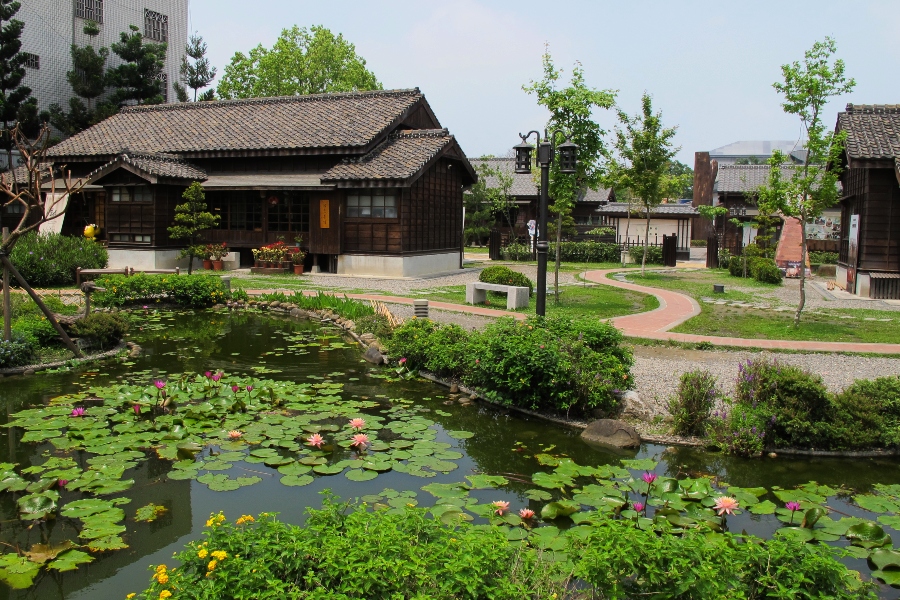
One heavily-subsidized exception was dubbed ‘the Love Boat’. Since 1967, this summer program has brought young people of Chinese descent to Taiwan to learn Mandarin and gain an appreciation of their cultural heritage. Why the nickname? Some parents, it’s said, signed up their college-age children in the hope they’d find a ‘Chinese’ spouse.
In the 1990s, two things began to happen.
Firstly, the Taiwanese, now prosperous enough to enjoy overseas travel, began to ask why foreign tourists weren’t snapping photos in Tainan’s temples or signing up for high-mountain treks.
Secondly, in the wake of democratization and the freedom to speak, write and publish, many Taiwanese began to discover the island on which they’d lived all their lives. Taiwan wasn’t, as they’d been told, a fragment of China. It was the place where Austronesia, China and Japan (not to mention 17th-century Holland and Spain and Eisenhower-era America) had converged to create something fascinating and unique.
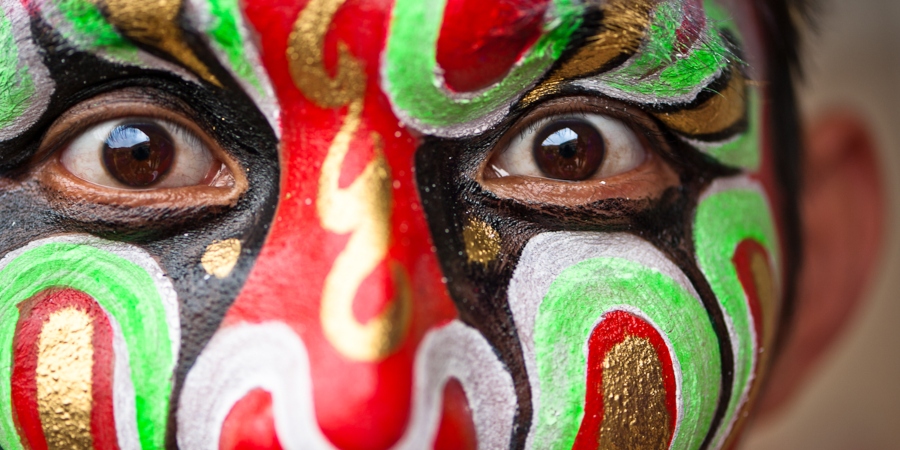
Taiwanese have finally gained cultural self-confidence, and are eager to introduce their homeland to the world. What’s more, the government understands that foreign visitors who leave with a positive impression of the country and its people can become lifelong allies as it navigates a difficult geo-political situation.
Tourist arrivals soared from barely 2 million in 2004 to almost 12 million before the pandemic. For those of us who call the island home — and who’ve forever been telling anyone who’d listen about the wonders of Taiwan — this dazzling growth is no surprise.
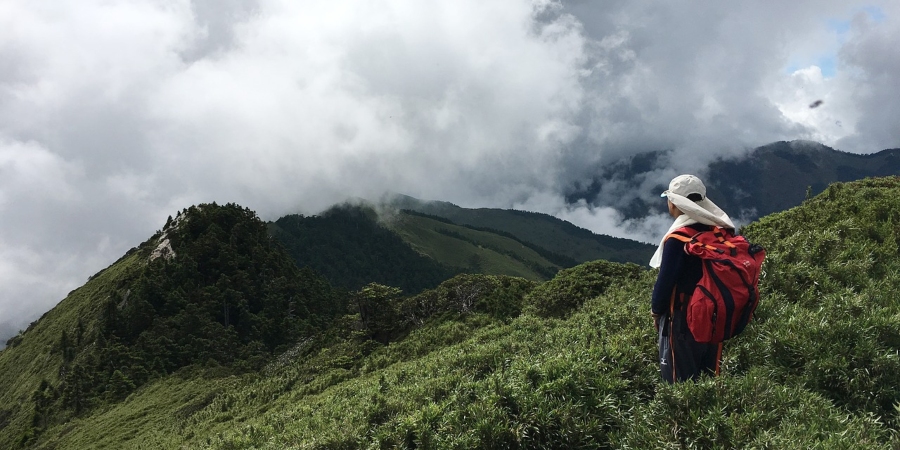
Here at Life of Taiwan, we strive to bring world-class service and authentic experiences to visitors of our island.
Being on the ground and in-the-know, the experiences we want to share are personal. With us, you won’t find yourselves following the crowds (unless they’re heading to a temple festival, of course). Our carefully curated selection of the very best guides, experts, and accommodation partners means that we get you off the beaten path, through VIP-only gates, and — best of all — into the homes of the people you’ll meet.
